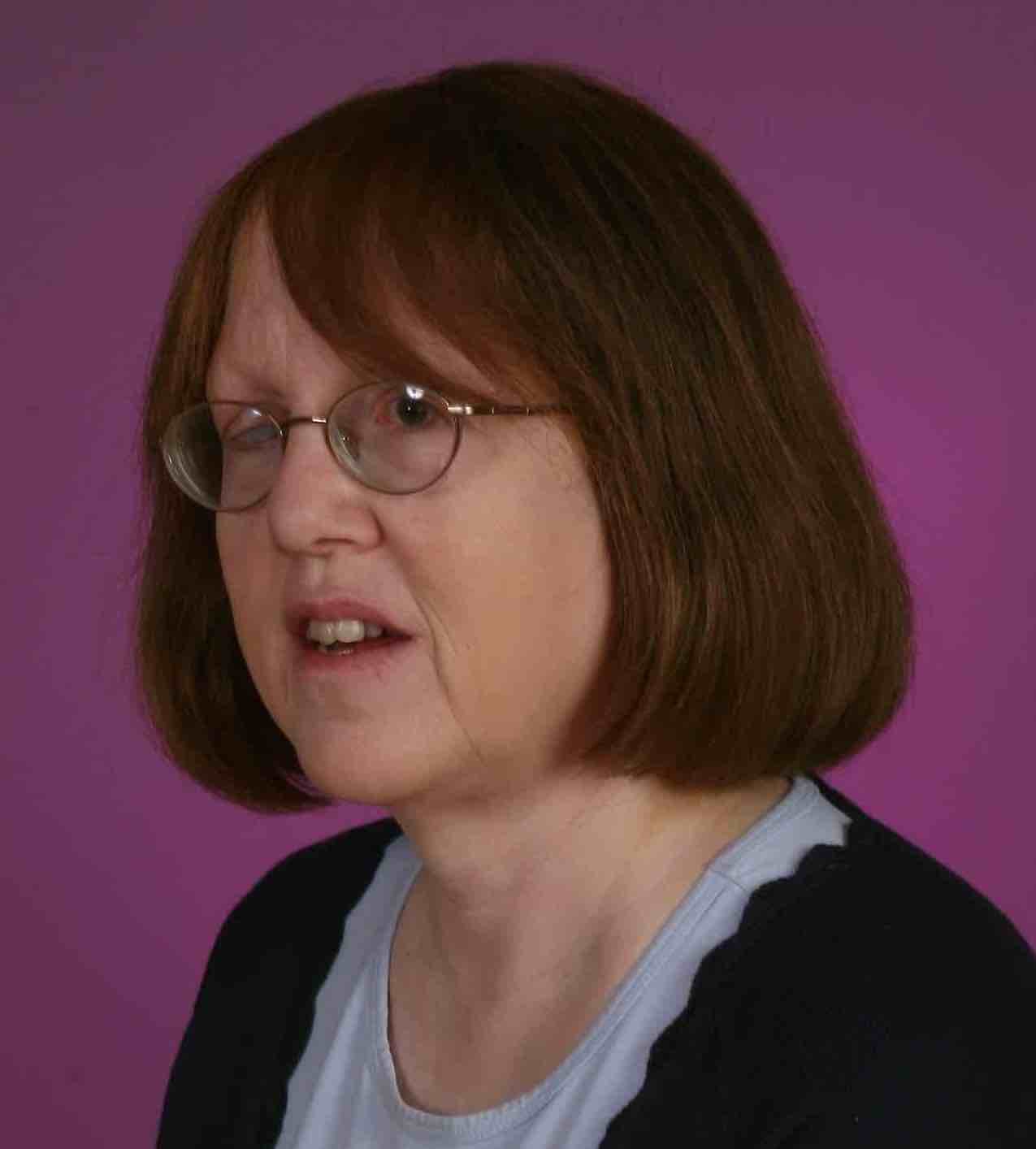
Lowry Hemphill
Language and Literacy
Wheelock College
lhemphill@wheelock.edu

Dennie Wolf
WolfBrown
dennie@wolfbrown.com
website

|
Lowry Hemphill Language and Literacy Wheelock College lhemphill@wheelock.edu |
 |
Dennie Wolf WolfBrown dennie@wolfbrown.com website |
| Participants: | 30 children ages 6, 7, and 8 |
| Type of Study: | narrative |
| Location: | USA |
| Media type: | no longer available |
| DOI: | doi:10.21415/T5S01K |
Publications using these data should cite:
Miranda, E., Camp, L., Hemphill, L., & Wolf, D. (1992). Developmental changes in children’s use of tense in narrative. Paper presented at the Boston University Conference on Language Development, Boston.
Additional relevant references include:
Dale, P., Bates, E., Reznick, S., & Morisset, C. (1989). The validity of a parent report in-strument. Journal of Child Language, 16, 239–249.
Mayer, M. (1972). A boy, a dog, a frog. New York: Dial Press.
Snow, C. E. (1989). Imitativeness: Atrait or a skill? In G. Speidel & K. Nelson (Eds.), The many faces of imitation. New York: Reidel.
In accordance with TalkBank rules, any use of data from this corpus must be accompanied by at least one of the above references.
This corpus, donated by Lowry Hemphill and Dennie Palmer Wolf, includes transcripts from 30 children whose discourse development was studied from ages 6 to 8.
Participants were selected at age 1 from a larger sample of 100 children participating in the MacArthur Individual Differences Project. Information about participant recruitment and characteristics of the original sample can be found in Snow (1989) and Dale, Bates, Reznick, and Morisset (1989). The present sample of 30 children is 50% girls and 50% boys; all are white English-speakers. Fourteen of the children are from working class families; sixteen are from middle class families. All attained milestones for early language development (e.g., MLU) at appropriate ages. Children were videotaped in their home each year at ages 6, 7, and 8, participating in a range of narrative and other discourse tasks. This corpus includes data only for the wordless picture book narration task. Procedures for eliciting the narratives were to have the child look through Mercer Mayer’s wordless “frog story” picture book entitled “A Boy, a Dog, A Frog” to develop a sense of the entire story depicted. This book is similar in format to the “Frog, Where are you?” book used in the other frog story research, but the actual events in the pictures are all different. Then the experimenter asked, “Can you tell me the story, looking through the book?” If the child seemed to have trouble producing narration at any point, the experimenter asked, “What happened next?”
Transcribers trained in CHAT conventions prepared the transcripts, using the videotaped frog story narrations. Utterance boundary decisions were based on intonation contours and pauses. Utterances are broken into grammatical clauses using [c] as a marker of clause boundaries. Each clause is coded for narrative function (e.g., event, reported speech, durative/descriptive), for verb forms, and for use of connectives. Please see this link for a general description of the Frog Story methods.
This work was funded by a larger project, “Foundations for Language Assessment in Spontaneous Speech,” funded by the National Institutes of Health.